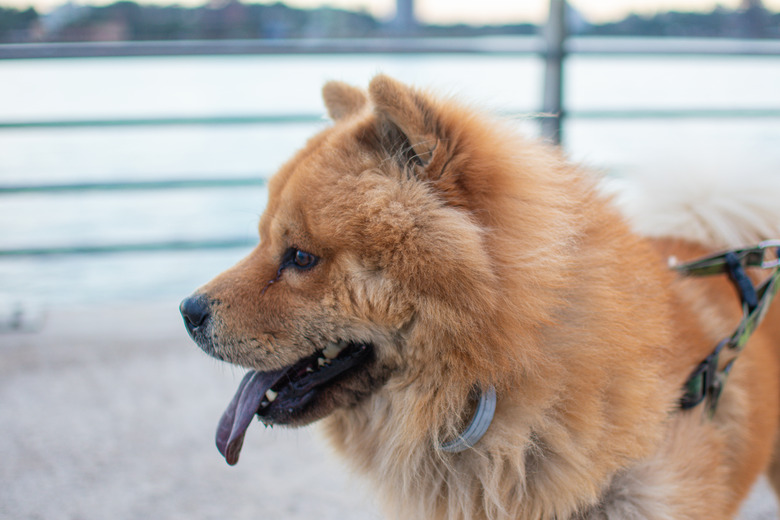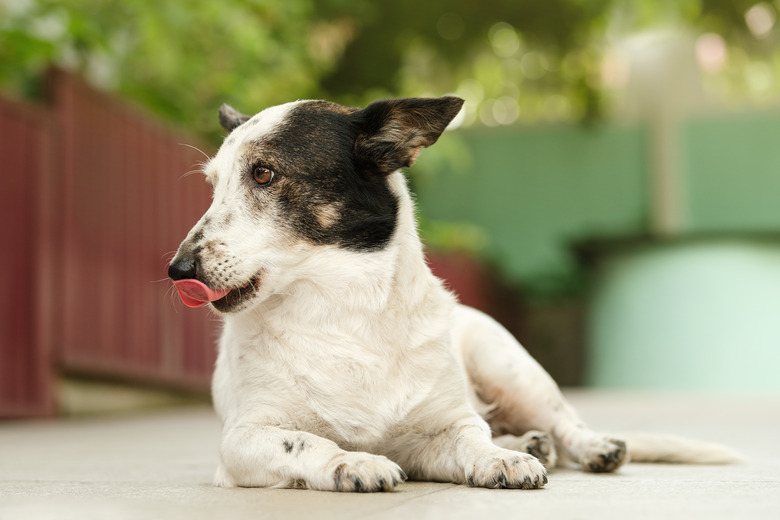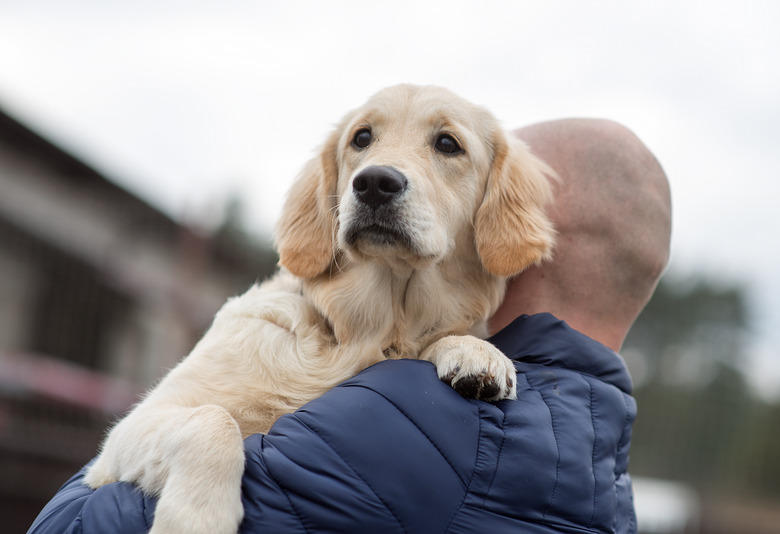What Causes Hair Loss Behind The Ears In Canines?
There are many reasons dogs lose hair behind or around their ears. Common causes of dog hair loss on the ears include parasites, allergies, medical conditions, and a dog's breed. If you notice your dog losing hair or excessively itching, take them to your veterinarian. Untreated issues can lead to serious harm for your dog.
What is alopecia in dogs?
What is alopecia in dogs?
Alopecia in dogs is the loss of hair. It means hair loss in areas where the dog normally has hair, also known as acquired hair loss. This differentiates the situation from congenital hair loss, where the animal is born without hair. Your dog may be born with a normal coat and then their coat becomes patchy.
Parasites and bacterial infections can cause hair loss in dogs
Parasites and bacterial infections can cause hair loss in dogs
It's common for a dog to acquire parasites at some time during their life, and parasites are a common cause of dog hair loss on ears. Fleas, ticks, lice, and mites are common external parasites that can affect a dog's body. Ticks can cause diseases, such as Lyme disease, Rocky Mountain spotted fever, and Ehrlichiosis. Examine your dog's body daily for ticks and remove them immediately if you find any.
Ringworm is a fungus (not actually a worm) that causes lesions on a dog's ears, head, forelimbs, and paws. Ringworm can cause classic round lesions as seen in humans, but most times on animals, the lesions are irregular areas of patchy hair loss with crusty edges.
Some parasites and ringworms are very contagious and easily spread from one pet to another. If you suspect your dog has a parasitic infection or ringworm, separate them from the other pets in your home until you can see your veterinarian. Because some parasites and ringworms are so contagious, your veterinarian may recommend treating all the pets in your home for an infestation if one pet is affected.
Allergies can cause hair loss in dogs
Allergies can cause hair loss in dogs
Canines, like humans, can have allergies. Your pet can be allergic to any number of things: insects, different foods, shampoo, plants, airborne pollens and spores in and around your home, or medication.
Allergies are quite common in dogs. Symptoms of allergies can include hair loss, itchy skin in one spot or all over the body, sneezing, coughing, wheezing, and runny discharge from the nose or eyes. If your dog has a food allergy, they may experience digestive symptoms, such as diarrhea and vomiting. If you suspect your dog is having allergic reactions, take them to the veterinarian. Your DVM can help you determine what your dog is allergic to.
Dog hair loss may indicate a medical problem
Dog hair loss may indicate a medical problem
Numerous medical conditions can lead to hair loss in dogs. Skin cancer rarely causes hair loss in dogs. There are several common causes of alopecia, including:
- Parasitic, fungal, and bacterial infections: These include parasites such as fleas, ticks and mites, and ringworm (a fungus).
- Allergies: Allergies can include insects, different foods, shampoo, plants, airborne pollens and spores in and around your home, or medication.
- Medical problems: Medical issues can include hormonal imbalances, nutritional deficiencies, inflammatory skin diseases, or sarcoptic mange.
If you notice your dog losing hair, take them to the veterinarian. Itching is often accompanied by hair loss, and your veterinarian will want to determine the underlying cause of both symptoms. Many times, a dog's excessive scratching can cause hair loss. Excessive scratching can also result in secondary infections that need to be treated.
Your veterinarian will perform a physical examination of your dog to help diagnose the underlying cause of the hair loss. Your veterinarian may also inspect hair follicles; comb your dog for fleas, mites, and lice; and take skin scrapings. These scrapings may be sent to a lab to help confirm a diagnosis.
Some dog breeds are predisposed to bald spots
Some dog breeds are predisposed to bald spots
Some dog breeds, such as Boston terriers, dachshunds, and Chihuahuas, are prone to hereditary pattern baldness where there is symmetrical thinning of the dog's coat. This condition is not apparent at birth but becomes apparent at around 6 to 9 months of age. Pattern baldness is a benign condition. This condition is not uncomfortable or painful for your dog and needs no treatment.
Treatment for alopecia in dogs
Treatment for alopecia in dogs
Your veterinarian will likely order diagnostic tests to help determine the cause of hair loss. Skin biopsies may be ordered to determine bacterial or parasitic causes. Blood and urine samples may be taken to determine if there's a hormonal problem or another underlying condition. Based on the outcome of the test results, your DVM will recommend the best course of treatment for your dog's skin problems.
The bottom line
The bottom line
Common causes of dog hair loss on the ears include parasites, allergies, medical conditions, and a dog's breed. If you notice your dog losing hair or excessively itching, take them to your veterinarian, as untreated issues can lead to serious harm. Your veterinarian will be able to conduct tests to figure out what's causing the hair loss and will recommend the best course of treatment.



